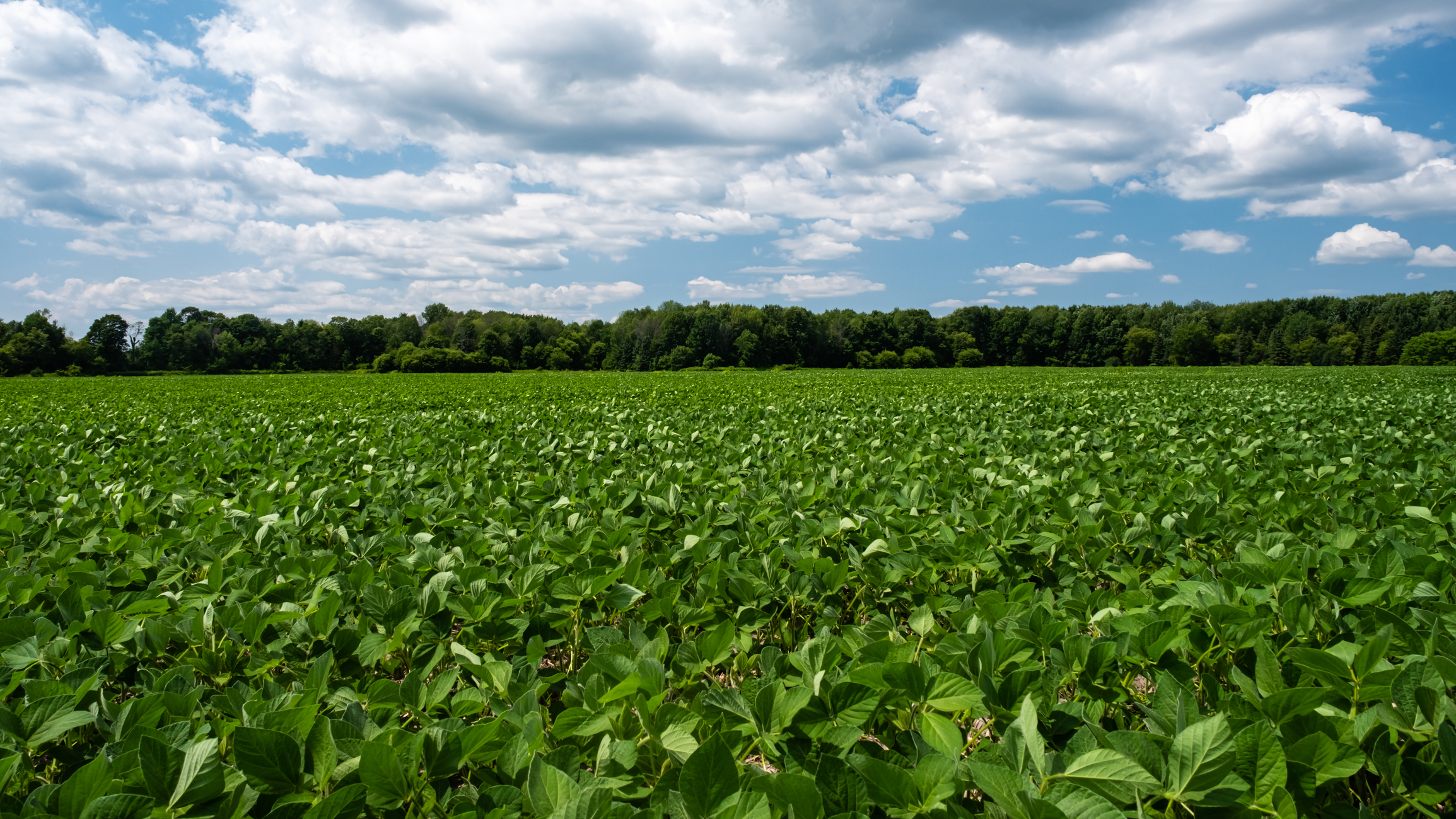Check that ration: testing critical to avoid costly mycotoxins
October 29, 2021



Experts say it always pays to test, even in a good year
Testing is a must – every year. We have learned that while the risk may go up or down depending on annual or seasonal conditions, there can be widespread variability among regions, farms and feed sources. Mycotoxins are often pervasive and even at lower risk levels can prove costly.
Farmers across major production regions have become more attuned to the threat of mycotoxins in recent years – specifically the risk this poses to feed quality and related animal health and productivity across species.
But with improved monitoring and rising knowledge, experts are learning one of the critical factors to avoid problems is to make it a habit of testing for mycotoxins regularly, not just in perceived higher risk years but every year.
“Today we have a much clearer understanding of the challenge that mycotoxins present,” explains mycotoxins expert Dr. Tony Wang a nutrition and technical service coordinator with CBS Bio Platforms, who was trained at the University of Saskatchewan and has a strong research focus on feed and mycotoxin studies.
“While there are certainly higher risk years and seasons, driven by a range of factors including high moisture and heat at flowering, we have learned that precise risk levels are often highly variable across regions. They are difficult to predict without testing. We also have much better knowledge that mycotoxins at some level are ubiquitous. Even quite small levels, while often hidden, can be very economically significant.”
Livestock farmers who grow their own feed should recognize that significant variability can exist even within their own farm, he notes. Layers of complexity are added when feed is supplied from off-site, with feedstuffs from a variety of sources inter-mingling.
“The bottom line is that it makes sense to regularly test your feed rations every year,” says Wang. “This gives you the information necessary to know your situation and take steps to eliminate any issues. Regular testing, backed up by additional good management practices to monitor and reduce risk, is the best combination to safeguard your feed, your animals and have peace of mind.”
A big challenge for farmers is that mycotoxins are largely a hidden problem. Common sources of contaminants include pathogens such as fusarium, fungi such as ergot and other moisture-related issues such as mould. But while the presence of fungi or mould is a noticeable indicator of a possible threat, the mycotoxins themselves are invisible, colourless and odourless, and may be present even when fungi or mould are not visible.
“You could try to rely on the eyeball test and past experience alone – but that just doesn’t cut it when it comes to knowing the quality of your feed,” says Wang. “Testing for mycotoxins is the only way to know for sure.”
In poultry and swine production, any level of mycotoxin contamination can undercut everything from weight gain and feed efficiency to reproductive performance.
The good news is that testing today is far better than it used to be, he says. Rapid testing options are now available that are highly economical, accurate and have very high sensitivity to detect even very low levels of mycotoxins that can still hurt production. “There are a number of very good testing options now available. Talk to your feed company representative or other trusted advisors to find the best fit.”
When getting testing done, it’s important to recognize that mycotoxins can be present in various degrees. Some grains will have very high levels of toxicity while others will be lower. Therefore, getting a representative sample of feeds is very important. When gathering samples from feed grown on-farm, it is important to take samples from different areas and mix them. Check with advisors and / or the test company you are dealing with for information on best sampling protocols.
Numerous pre- and post-harvest practices can reduce risk. A number of mitigation options are also available at the feed processing level. In addition, there have been major advances in feed additives that can help ensure clean feed and / or protect livestock from mycotoxins exposure.
“A multi-faceted approach to mycotoxin management that includes effective testing and the right feed technology can act as a very effective insurance policy beneficial for any feeding program, says Wang.

